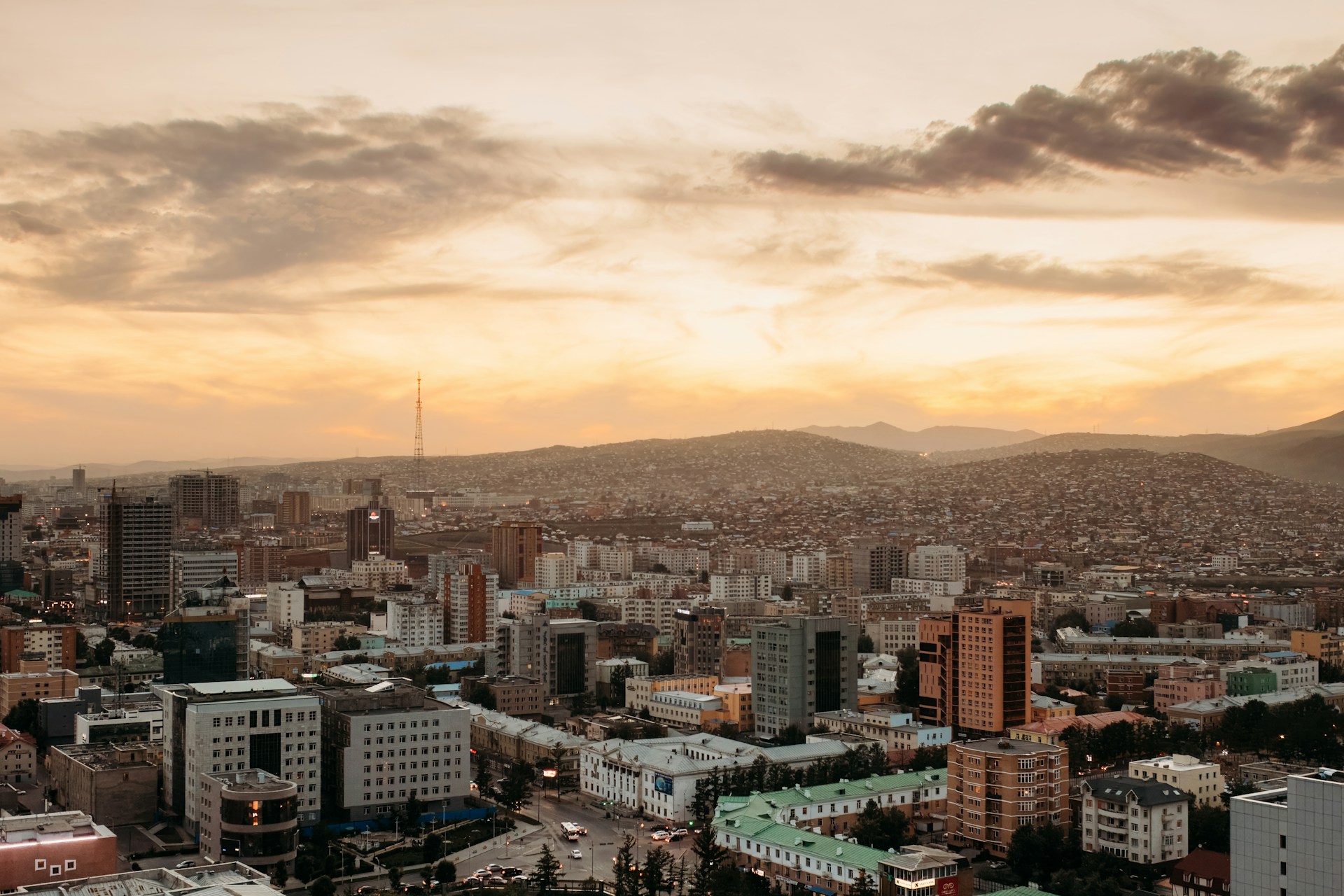Could the situation be different, and ger living conditions improve? We believe the answer is ‘yes.’ In our new report, entitled “Reimagining Ger Districts: A Blueprint for Green, Resilient, and Affordable Housing in Mongolia,” we spell out a pathway for ger urban living that both improves housing conditions and fosters long-term sustainability and resilience. As importantly, it does so while retaining people’s connection to the land, which remains a pivotal part of Mongolian culture and everyday ways of life.
Such a vision could be closer than it seems. Many ger areas have already benefited from government investment in infrastructure services. This means that if homes can be suitably upgraded, then it is feasible to connect them to essential utilities. Admittedly, doing so requires an upfront investment on the part of homeowners. But this is within reach for many.
In addition to retrofitting homes, our report recommends "gentle densification"—a culturally sensitive approach focused on developing affordable, resilient housing like single detached units, two-story duplexes, and low-rise buildings in vacant ger spaces. This strategy prioritizes green, resilient construction methods, ensuring that development is both sustainable and community-friendly.
Altangerel and Bolormaa’s son and his wife, for example, could build an additional green, resilient single-family home on their family land for just $8,000—less than half the cost of a conventional multi-story apartment. Once completed and registered, the property could serve as collateral for loans, unlocking new economic opportunities that most ger residents currently cannot access.

 Over half (60 percent) of urban Mongolians live in ger districts, trapped in sub-standard living conditions, while the remainder live in multi-story housing in the consolidated areas.
Over half (60 percent) of urban Mongolians live in ger districts, trapped in sub-standard living conditions, while the remainder live in multi-story housing in the consolidated areas. Gentle Densification: Providing the simplicity and affordability of ger living, with the upsides of infrastructure-connected accommodation.
Gentle Densification: Providing the simplicity and affordability of ger living, with the upsides of infrastructure-connected accommodation.